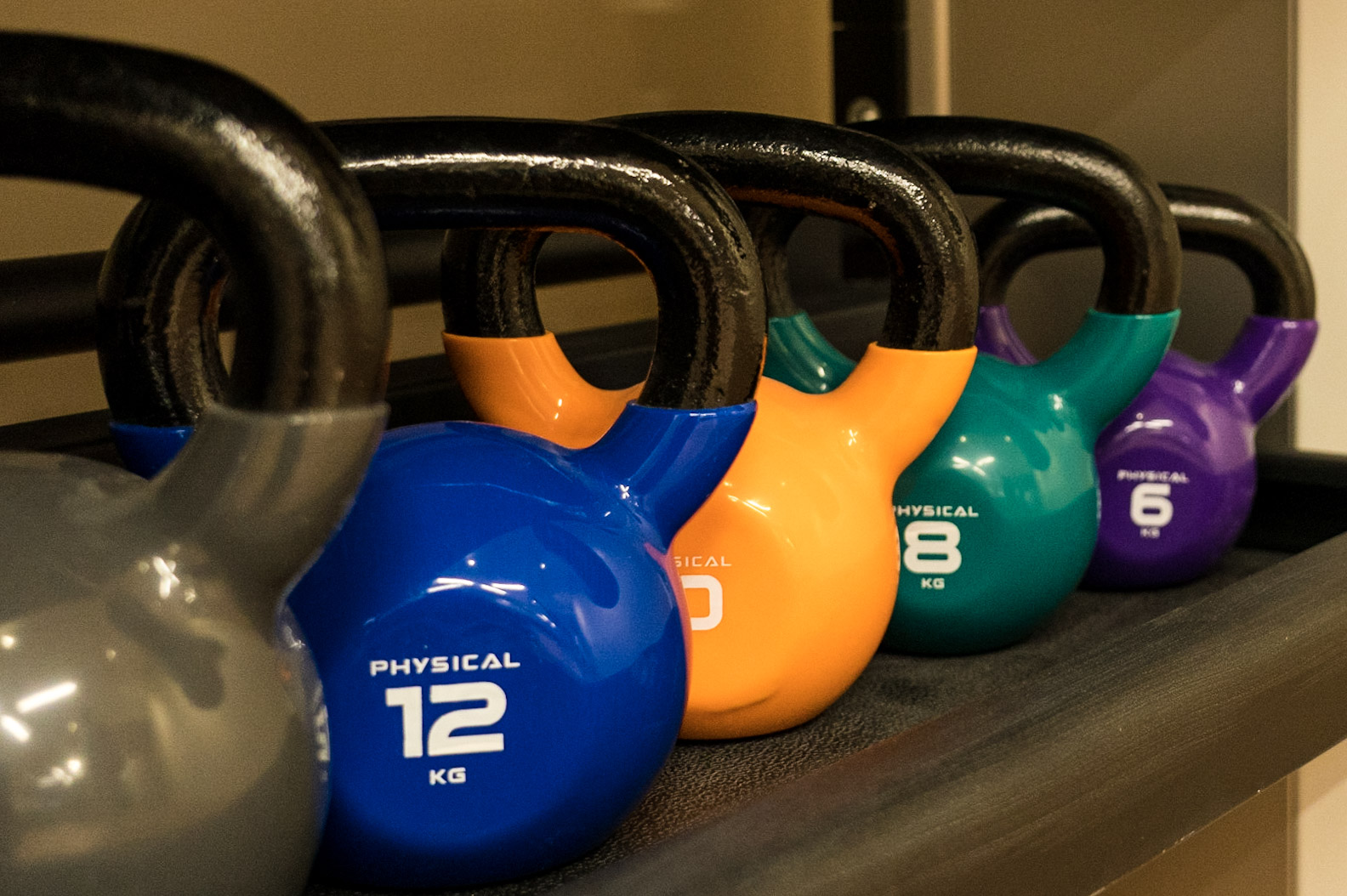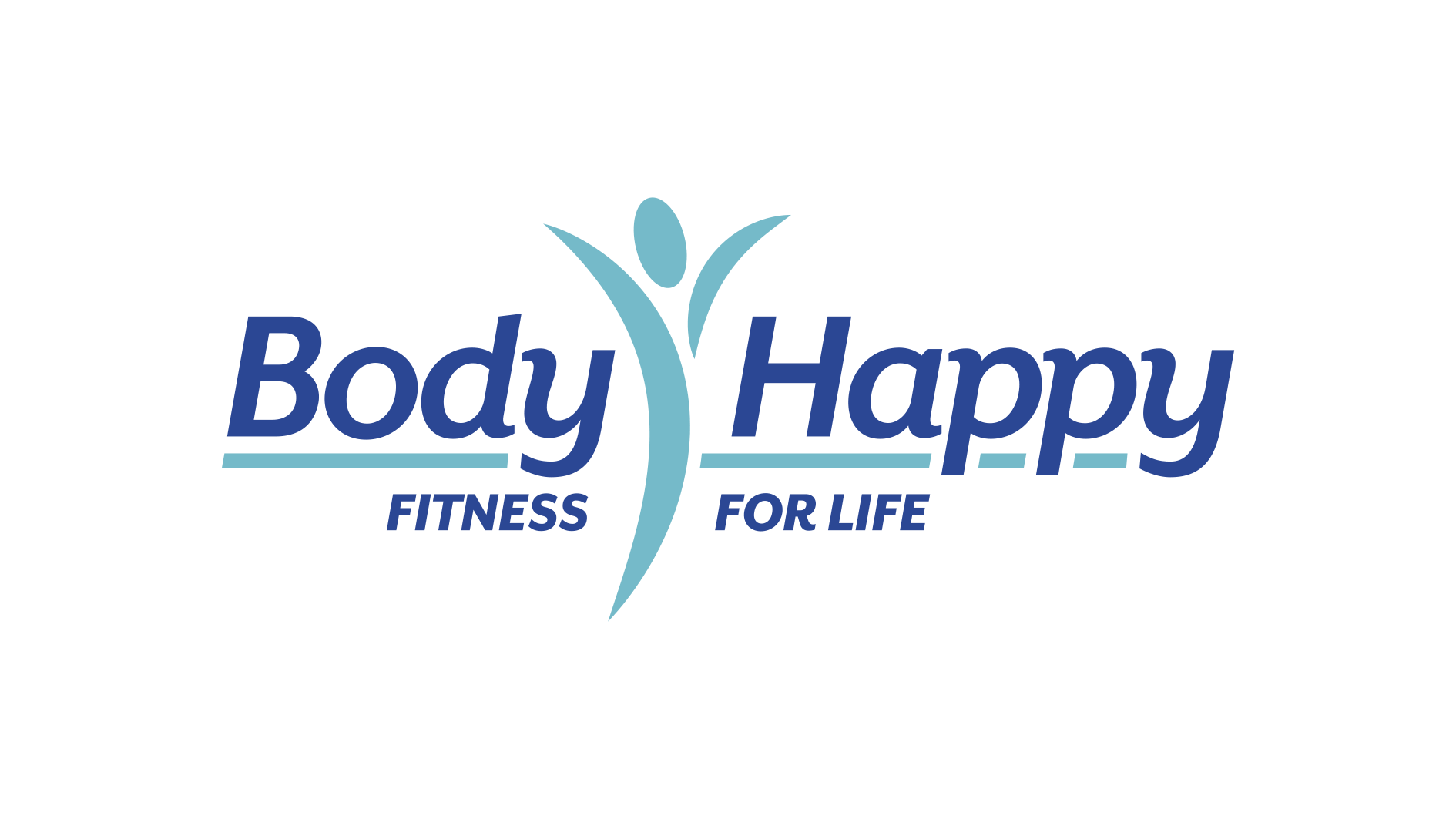The forgotten medicine.
Over the years we have all come to rely on the great NHS and the service it provides.
One of the forgotten medicines we can take is exercise, in particular strength training. More studies are showing the many positive effects that resistance training can have on our health.

What images does the term strength training bring to mind?
No doubt images of flexed muscles, looking a body builder on the front of those magazines you see – thinking I don’t want to look like that. And it is unlikely that you will – depending on age, genetics, diet and dedication to training.
What if strength training this way was actually beneficial to our health? What if the benefits of resistance training were like medicine? By lifting a weight a few times, twice a week your body reduced the chances of illness and diseases and got stronger??
Yep, movement is medicine.
After the age of 30, and defiantly 40, muscles mass declines between 3-8% per decade (we cad prevent/reduce this rate of decline). With many different studies now associating age-related muscle loss to a variety of illness/diseases and problems as we age:
- Bone loss
- Metabolic decline
- Diabetes
- All causes of mortality
The great thing is science is continually researching areas and studies are continually showing resistance training to be beneficial:
Reverse Muscle wastage – improve muscle mass as you age, stopping the decline of muscle wastage for all decades from 21-80 years.
Improving Physical Function – strength training can improve our physical function as we age. These can be walking speed, physical performance, balance and movement control.
Resting Blood Pressure – strength training has been reported to reduce systolic and diastolic blood pressure following 8 weeks for resistance training.
Improving Bone Mineral Density – studies have shown resistance training to improve or prevent bone loss by up to 1% per year.
Mental Health – strength training reviews show positive results with the reduction in symptoms of fatigue, anxiety, depression as well as pain with people suffering form osteoarthritis, low back pain and fibromyalgia.
These are just some of the benefits that current studies are finding.
How much do you need to do? What do you need to do? We are a great industry for trying to make things complicated, but it does not have to be. Again, when we here of resistance training our minds wander to squats, bench presses, deadlifts, cleans, snatches – the commonly marketed in magazine exercises and exercises we see the most on TV during the Olympics. But essentially, you do what keeps you going back for more.
The recommendations for a resistance plan by the American College of Sports Medicine Include:
Training Exercises – these should cover exercises which work the major muscle groups in the body. The exercise does not have to be those mentioned above as most exercise falls into 7 categories with a variety of exercises that fall into that group. Pick and exercise from each group and you have a well-rounded workout plan. These 7 categories include:
- Vertical Pull
- Vertical Push
- Horizontal Pull
- Horizontal Push
- Knee Dominant
- Hip Dominant
- Core
Training Frequency – 2-3 times a week with a days rest in between workouts
Training Sets – you do not have to be in the gym hours at a time. You only have to perform 2-4 sets per exercise for each training exercise you choose to do.
Training Resistance and Repetitions – the majority of you reading this wont be training for a specific event, you will generally be reading this and wanting to train for health. That’s where the resistance and repetitions become even easier to select. Pick a weight and do as many repetitions as you can with that weight, working to failure or close to failure. This can be between 6-30 reps. Its that simple, you don’t have to pick a weight to reach a magical number of repetitions to get the magical response. The response we are after for health benefits comes form picking a weight that takes us close to failure and occasional failure.
At Body Happy, our state-of-the-art eGym resistance machines take this guess work away from you. We have 7 machines, where you will perform a strength test on each machine, the eGym machines then chooses the weight for you to lift. You just come in and workout, being prompted every now and then to re-test to recalculate you training resistance.
Article
Westcott, L. W., (2012). Resistance Training is Medicine: Effects of Strength Training on Health. American College Sports Medicine. V. 11. No. 4 as from Body Happy! Have a super time and remember, fitness is for life, not just when you get new trainers for Christmas 😉
